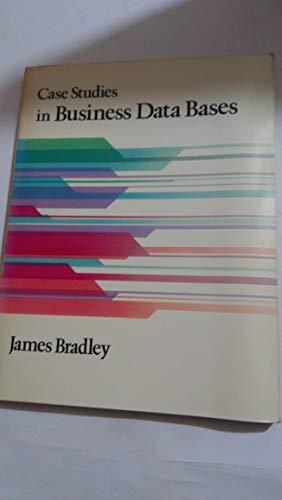Answered step by step
Verified Expert Solution
Question
1 Approved Answer
package p 1 . sort; import p 1 . comparator.CountingComparator; import java.util.Comparator; import static org.tudalgo.algoutils.student.Student.crash; / * * * A hybrid sorting algorithm. It uses
package psort;
import pcomparator.CountingComparator;
import java.util.Comparator;
import static org.tudalgo.algoutils.student.Student.crash;
A hybrid sorting algorithm. It uses a combination of mergeSort and bubbleSort.
mergeSort is used for sorting the lists of size greater than or equal to k
bubbleSort is used for sorting the lists of size less than k
@param the type of the elements to be sorted.
@see Sort
public class HybridSort implements Sort
The threshold for switching from mergeSort to bubbleSort.
private int k;
The comparator used for comparing the sorted elements.
private final CountingComparator comparator;
Creates a new @link HybridSort instance.
@param k the threshold for switching from mergeSort to bubbleSort.
@param comparator the comparator used for comparing the sorted elements.
public HybridSortint k Comparator comparator
this.k k;
this.comparator new CountingComparatorcomparator;
@Override
public void sortSortList sortList
comparator.reset;
mergeSortsortList sortList.getSize;
@Override
public int getComparisonsCount
return comparator.getComparisonsCount;
Returns the current threshold for switching from mergeSort to bubbleSort.
@return the current threshold for switching from mergeSort to bubbleSort.
public int getK
return k;
Sets the threshold for switching from mergeSort to bubbleSort.
@param k the new threshold.
public void setKint k
this.k k;
Sorts the given @link SortList using the mergeSort algorithm.
It will only consider the elements between the given left and right indices both inclusive
Elements with indices less than left or greater than right will not be altered.
Once the amount of elements to sort is less than the threshold @link #k the algorithm switches to bubbleSort.
@param sortList the @link SortList to be sorted.
@param left The leftmost index of the list to be sorted. inclusive
@param right The rightmost index of the list to be sorted. inclusive
public void mergeSortSortList sortList, int left, int right
crash; TODO: H b remove if implemented
Merges the two sorted sublists between the indices left and right both inclusive of the given @link SortList
The middle index separates the two sublists and is the last index of the left sublist.
The left sublist ranges from left to middle both inclusive and the right sublist ranges from
middle to right both inclusive Bot sublists are sorted.
The algorithm uses a temporary @link SortList to store the merged elements. The results are copied back to
the original @link SortList at the same location. Elements with indices less than left or greater than right
will not be altered.
After merging the elements between left and right both inclusive will be sorted.
@param sortList the @link SortList to be sorted.
@param left The leftmost index of the two sublists to be merged. inclusive
@param middle The index that separates the two sublists. It is the last index that belongs to the left sublist.
@param right The rightmost index of the two sublists to be merged. inclusive
public void mergeSortList sortList, int left, int middle, int right
crash; TODO: H b remove if implemented APPLY THE CODE HERE IN JAVA
Sorts the given @link SortList using the bubbleSort algorithm.
It will only consider the elements between the given left and right indices both inclusive
Elements with indices less than left or greater than right will not be altered.
@param sortList the @link SortList to be sorted.
@param left The leftmost index of the list to be sorted.
@param right The rightmost index of the list to be sorted.
public void bubbleSortSortList sortList, int left, int right
crash; TODO: H a remove if implemented APPLY THE CODE HERE IN JAVA
package psort;
import static org.tudalgo.algoutils.student.Student.crash;
Optimizes the @link HybridSort by trying to find the kvalue with the lowest number of read and write operations..
public class HybridOptimizer
public static int optimizeHybridSort hybridSort, T array
return crash; TODO: H c remove if implemented APPLY THE CODE HERE IN JAVA

Step by Step Solution
There are 3 Steps involved in it
Step: 1

Get Instant Access to Expert-Tailored Solutions
See step-by-step solutions with expert insights and AI powered tools for academic success
Step: 2

Step: 3

Ace Your Homework with AI
Get the answers you need in no time with our AI-driven, step-by-step assistance
Get Started


